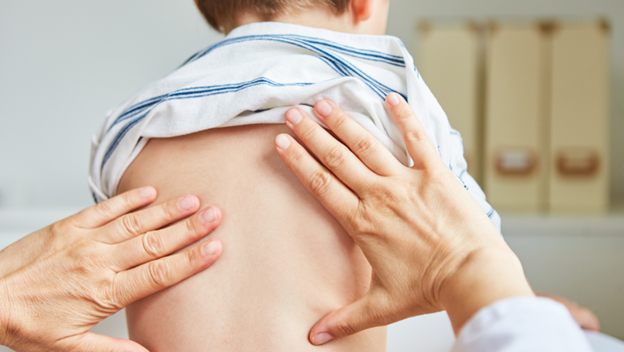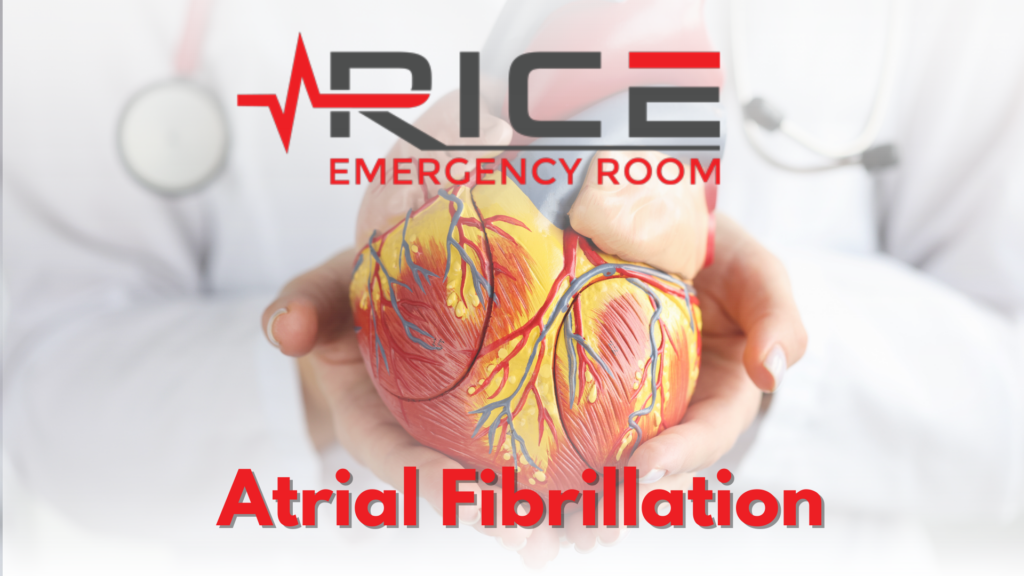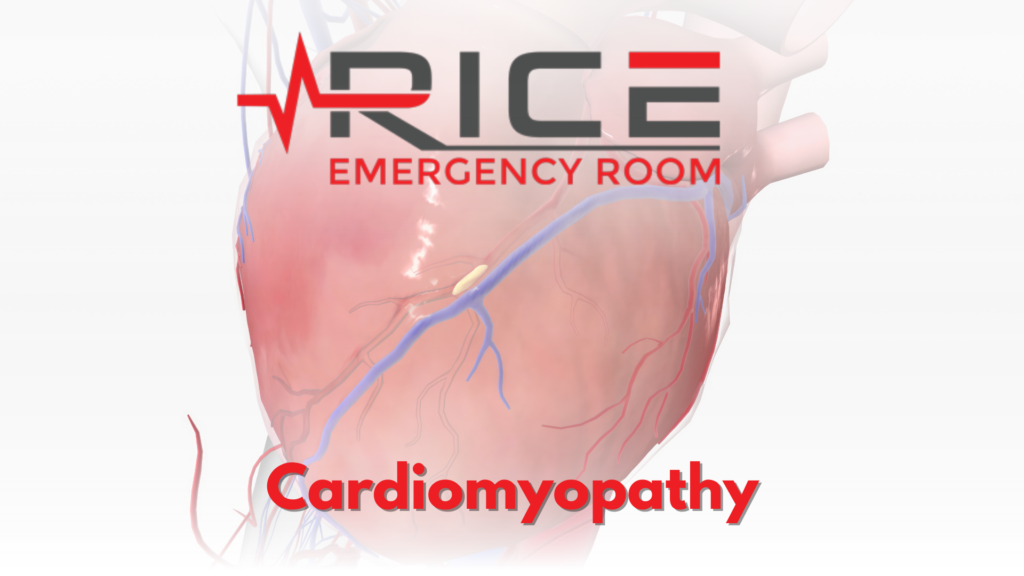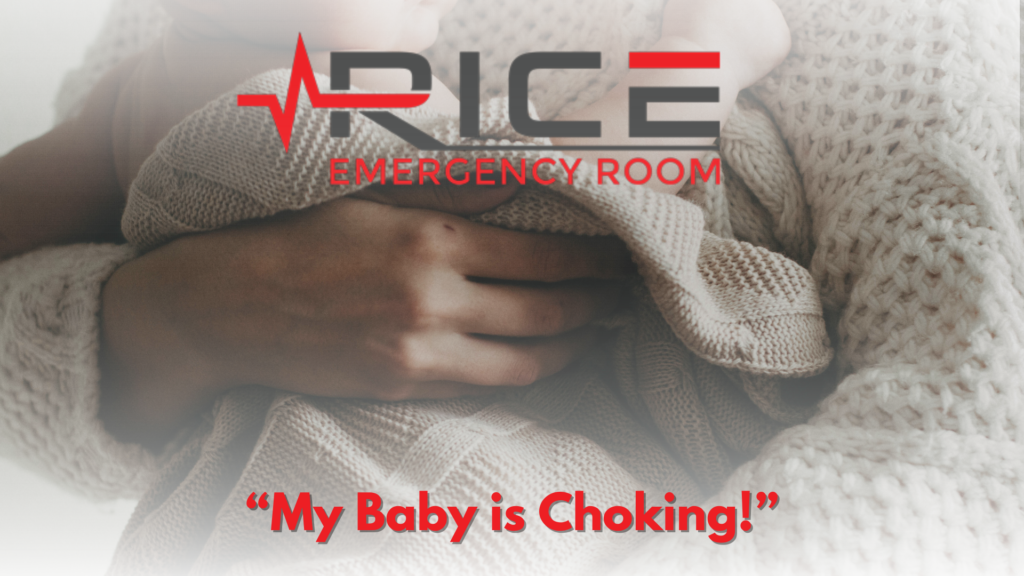
Spinal Cord Injury (SCI) is a devastating event for families. Still, it can be particularly challenging when it happens to a child. Spinal Cord Injury in children is a complex issue that requires specialized care and attention. It can result in long-term impairments, including paralysis, loss of sensation, and bladder and bowel dysfunction. The causes of SCI in children vary, but some of the most common include motor vehicle accidents, falls, sports injuries, and violence. As with any medical condition, prevention is critical, and parents and caregivers must take steps to reduce the risk of SCI in children.
How is it Different for Children?
Spinal cord injuries affect children differently than adults due to their unique spinal cord structure. Here’s how it differs.
- Spinal cord structure: Children have a more flexible spine because their vertebrae are not fully developed, and their ligaments are firmly attached to horizontally positioned bone surfaces.
- Impact on neural damage: Unlike adults, who may experience more musculoskeletal injuries, children are more prone to neural damage in their spinal cord due to its increased flexibility.
- Age and risk: The risk of cervical cord injury decreases as children grow older. Most injuries, around 75%, occur during infancy up to age 8, when the fulcrum of cervical mobility moves downward with age.
(NCBI)
Understanding these differences helps healthcare professionals provide appropriate care and treatment for spinal cord injuries in children based on their age and unique pathophysiology.
Symptoms and Causes
A range of traumatic situations can cause spinal cord injuries (SCI) in children. The most common causes include:
- Falls: Younger children are especially prone to falls, which can result from playing, climbing, or accidents around the home. Falls can lead to spinal cord injuries if the impact is severe enough or the child lands in an awkward position.
- Motor Vehicle Accidents: Children can sustain spinal cord injuries as passengers in vehicles involved in accidents or as pedestrians struck by cars. The force of the collision and the resulting trauma can cause damage to the spinal cord.
- Child Abuse or Violence: Shaken baby syndrome, direct blows to the spine, or other violent actions can damage the spinal cord.
(Boston Children’s Hospital)
Prevention and education are crucial in reducing the risk of spinal cord injuries in children. Parents, caregivers, and coaches should teach children about safety measures, ensure proper use of safety equipment, and closely supervise children during activities that could result in injury.
Treatment
The severity and nature of the injury determine treatment for spinal cord injuries in children. A multidisciplinary approach is typically used to minimize further damage, manage symptoms, and promote functional recovery.
Common aspects of treatment for childhood spinal cord injuries include:
- Medications
- Assisted breathing
- Catheterization for urination
- Spinal surgery to stabilize the spine or relieve pressure on the spinal cord
Long-term rehabilitation for spinal cord injuries includes:
- Learning to use a wheelchair or crutches
- Managing bladder and bowel functions
- Engaging in exercises to regain strength
- Acquiring specialized equipment for daily activities
- Exploring alternative ways to participate in enjoyable activities
- Preparing for the return to school or work
- Developing coping strategies for emotional challenges
(KidsHealth, 2021)
It’s important to note that treatment approaches may vary depending on each child’s needs, the spinal cord injury’s level and extent, and the healthcare setting’s available resources and expertise.
When to Go to the ER for Spinal Cord Inujries
When faced with a potential spinal cord injury emergency in a child, it is crucial to prioritize their safety and minimize further damage. Call for emergency help, keep the child still, check their breathing, keep them warm, and wait for professionals. Give accurate information to first responders about the incident and any medical conditions. Following these steps will help the child in an emergency spinal cord injury situation. Teachers, Coaches, and Caregivers should know what to do in the event of a spinal cord injury in a child and emergency protocol necessary to avoid increased damage.
Works Cited:
NCBI bookshelf. Pediatric Spine Trauma – Statpearls – NCBI Bookshelf,
www.ncbi.nlm.nih.gov/books/NBK442027/.
Boston Children’s Hospital. “Spinal Cord Injury.” Spinal Cord Injury | Boston Children’s Hospital,
www.childrenshospital.org/conditions/spinal-cord-injury.
KidsHealth. “Spinal Cord Injuries (for Parents) – Nemours Kidshealth.” KidsHealth, The Nemours Foundation, Sept. 2021,
kidshealth.org/en/parents/spinal-cord-injuries.html.



